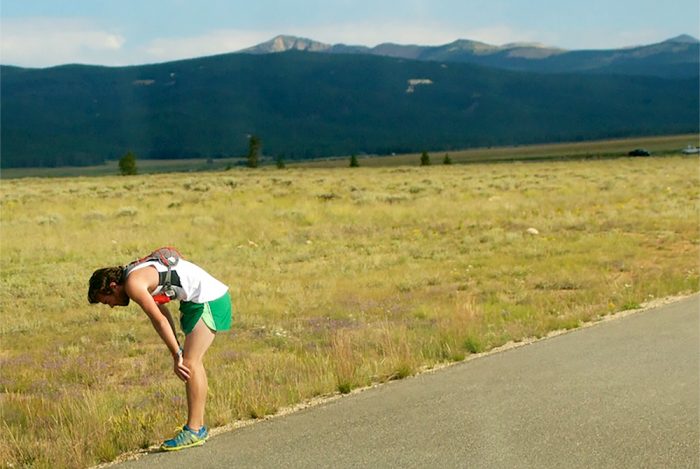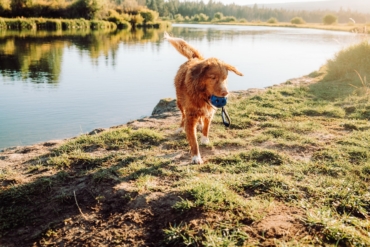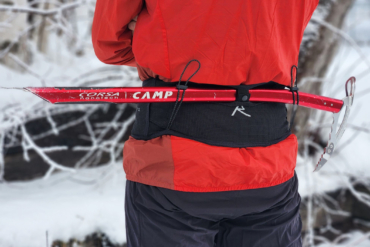Fall marathon season is upon us. Here are some pointers to maximize your nutrition strategy and avoid the dreaded ‘bonk.’
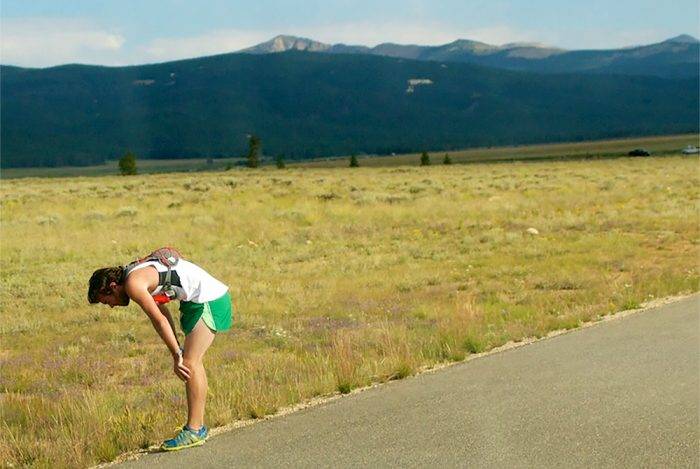
Pedaling 75 miles into my first century bike ride, my legs started to turn to cement. The bike stopped. I almost tipped over. I simply couldn’t find the energy to turn another rotation.
An experienced rider rolled up beside me and handed me a bar. Looking at my running shoes, he smiled and said, “looks like you hit the wall.”
A rookie move, I didn’t eat enough. I ran out of energy. Runner, biker, the scenario can happen to any athlete pushing the limits over an hour and a half.
We caught up with Salomon ultrarunner and coach, Max King, to learn more about the bonk – and more importantly, pointers on how to avoid it.
GearJunkie: What is bonking?
Max King: The dreaded “bonk” is generally associated with a low glycogen level to where your mind feels great but cannot tell your body or legs what to do. They just give up. Your muscles need glycogen to continue to power them during exercise and as that glycogen gets low, your brain tells your muscles to start to shut down.
How do you identify bonking?
King: You will first start to notice your pace waning. This usually starts at about the 20- to 22-mile mark in the marathon. Thinking you’re just getting tired, you’ll probably start to push a little harder. After a few more minutes you may start to notice your breathing increase and your muscle mechanics and efficiency become awkward.
You may still be able to move, but it feels as though you have no power in your movements. Your mind will still be trying to tell your legs to go, but your unconscious motor controls will begin to fail you and start to shut down.
Eventually, if you’ve made it past this point your mind will become foggy, you may become dizzy and disoriented, and have trouble traveling in a straight line. You’ll just want to curl up on the ground and go to sleep.
How do you avoid bonking?
King: Eat. I’ve often stressed that running an ultra is less about your fitness and more about how well you fuel your body. The body can keep going well past where you’re trained to as long as you keep it well fueled. Staying on top of your fueling by taking calories in—carbohydrates in particular—on regular intervals is the best way to stave off a bonk.
As you become more adept at identifying the early onset, usually by experiencing many, many bonks, you can preempt an oncoming bonk. To be able to do that … is to master the bonk.
The best way to fuel for a marathon, however, is to stay on top of your nutrition by taking calories in on regular intervals. I suggest 200-400 cal/hr. Different people will tolerate different types of gels in different amounts. Experiment to see what’s right for you.
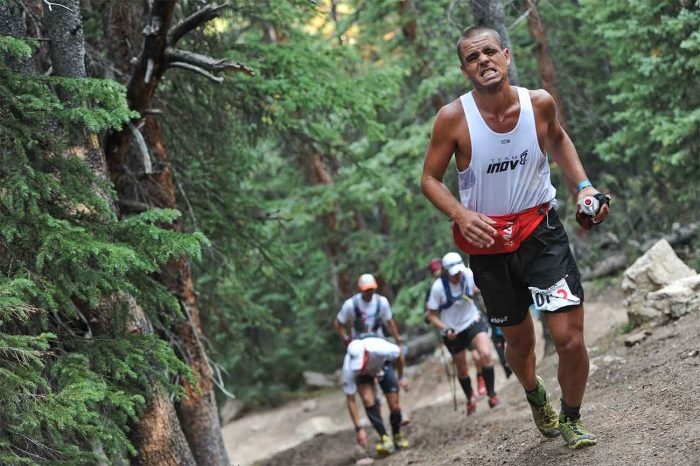
What should you do if you begin to bonk?
King: It’s usually not an “if” but “when.” If you run far enough, and that’s usually about 1.5 to 2 hours under the right conditions, you’ll experience that loss of power, sleepiness, and dizziness.
Again, eat. That’s the best—and only—way to reverse a bonk. The fastest way to reverse a bonk is through simple carbohydrates like glucose, maltodextrin, fructose, and sucrose. Research says that just putting sugars on your tongue can signal to your muscles an incoming fuel source and turn that bonk around.
In the event that you have no fuel source, you may be able to fall back on your body’s ability to burn fat as a fuel source. The higher your heart rate is, the more carbohydrates you will burn. You’re always burning some fat, but the ratio will decrease the harder you work.
Slowing down and walking will decrease your carb use and you can fall back to fat as your primary fuel source. It won’t prevent your bonk from coming back, especially if you start running again, but it will prolong your ability to keep moving.
How do you treat a bonk?
King: The best treatment for a bonk is to get calories in, particularly simple carbs, stat! Take a gel! Gels are the most efficient way to turn a bonk around because they absorb so easily and quickly.
What’s the worst-case scenario for bonking?
King: Worst-case scenario is death. Once your body depletes its glycogen reserve, you’ll have to lie down on the side of a trail, which could be 20 miles from your car. No one knows where you are and you become disoriented because your brain doesn’t have glucose to run on, causing you to become lost in the wilderness.
Eventually, because you’re in shorts and a t-shirt running, you become hypothermic, lost, and starving, potentially leading to death.
In a marathon, worst case, you have to stop running and walk to the finish line, missing your Boston Qualifier that you’ve worked so hard for the last six months. That’s a huge bummer, too.
You’ve spent an entire summer training for the big day. Don’t squander it all by not paying attention to your body. A proper nutrition strategy can get you to the finish.
